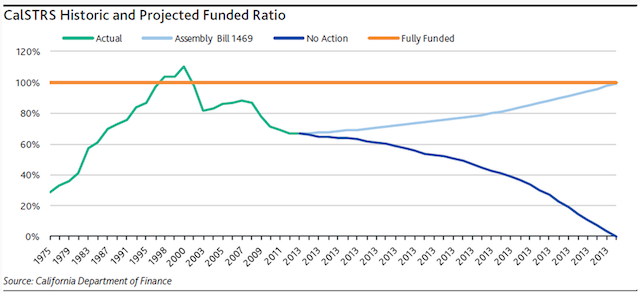Temasek, one of Singapore’s two sovereign wealth funds, made its highest level of investment since the financial crisis last year, citing increased global opportunities.
The institution allocated S$24 billion ($19 billion) in the 12 months to March 2013, it said today in its 2014 review. It divested $10 billion over the same period to make a net $14 billion investment—double the average annual net investment level of about S$7 billion it had made over the past 10 years.
“As we mark our 40th year in 2014, we see a world increasingly transformed by ideas and innovation,” said Temasek Chairman Lim Boon Heng.
“This year has been one of our most active years for new investments—the most active since the global financial crisis—driven by softer Asian markets of interest, as well as the continued recovery of the global economy.”
The fund, which had assets of S$223 billion at the end of March, invests predominantly in equities—both public and private—and made a 1.5% total return over the year, in Singapore dollar terms, due to a weak Asian market. Its 10-year total return was 9%.
The fund holds the majority of its assets in Asia—41% outside of Singapore and 31% in the local market—but over the last year has increased its exposure to North America and Europe from 12% of its portfolio to 14%.
“The top three sectors for investments during the year were financial services, life sciences, and energy,” the review said. It increased its holdings in AIA, the largest independent pan-Asia insurer, to more than 3.5%, as well as boosting its stake in Industrial and Commercial Bank of China. It also took a 1.1% position in Lloyds Banking Group, the largest UK retail bank by assets.
Temasek also set up an enterprise development group early last year to focus on new business development and expansion projects. This group provides growth capital to new businesses around the world.
Despite all these plans and investments, however, the level of third party help remained at 10%, the review said. Just under S$23 billion was invested by non-affiliated asset managers.
As a result, headcount at the fund has been steadily growing and by the end of March had reached 489—up from 449 in 2013 and 207 in 2004—with 20% of them based outside Singapore. This global outreach was evidenced by the opening of offices in London and New York City over the last 12 months to enable Temasek to “better access investment opportunities and further enhance our stakeholder engagement in these regions”.
The full review can be found on the fund’s website.
Related content: Temasek Readies for International Push with US Veteran Hire & Power 100 Tan Chong Lee, Temasek

